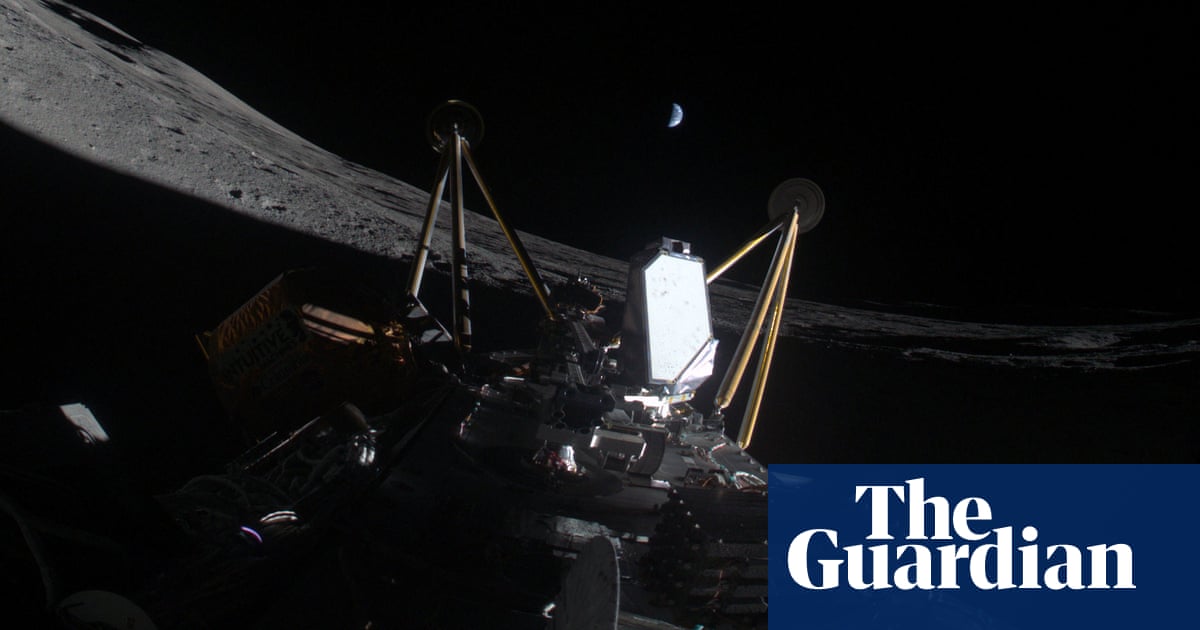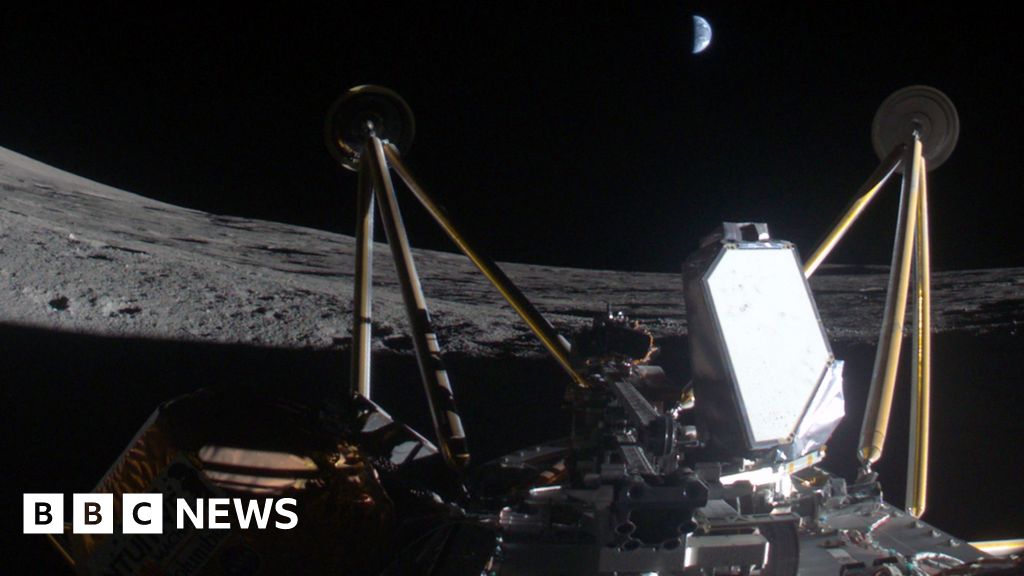Intuitive Machines' Lunar Lander Athena Fails After Sideways Landing
Intuitive Machines' lunar lander Athena lands sideways in a crater near the Moon's south pole, ending its mission early due to power loss.
Overview
Intuitive Machines' lunar lander Athena ended its mission prematurely after landing sideways in a lunar crater. This was its second attempt to land successfully. Despite generating power initially, harsh conditions and the lander's position hampered further operations. NASA's experiments aboard included a regolith drill aimed at finding water. Athena's crash comes as the company prepares for future lunar missions, with lessons learned from its operational failures.
Report issue

Read both sides in 5 minutes each day
Analysis
- Athena, a private lunar lander, experienced a failed landing attempt, resulting in the end of its mission just after touching down on the lunar surface near the south pole.
- The lander was supposed to conduct scientific experiments, but its batteries are unlikely to recharge due to extreme cold and the position of solar panels, thus limiting its operational capacity.
- Despite its failure, Athena accomplished significant milestones, including reaching a record southern latitude on the moon, and its data collection will inform future missions.
Articles (4)
Center (3)
FAQ
The primary mission objective of Athena was to conduct the Polar Resources Ice Mining Experiment (PRIME-1), which involved drilling into the lunar regolith to search for water ice and other compounds.
Athena faced challenges after landing sideways in a crater, which affected its ability to recharge its batteries due to the orientation of its solar panels and the harsh cold environment.
Besides PRIME-1, Athena carried several other payloads, including a hopper named Grace, a rover called MAPP, a small robot named Yaoki, and a Laser Retro-reflector array.
The failure of Athena will likely lead to a review of design and operational strategies for future missions. Intuitive Machines has contracts for additional lunar landings and will need to apply lessons learned from this mission to improve success rates.
History
- This story does not have any previous versions.


